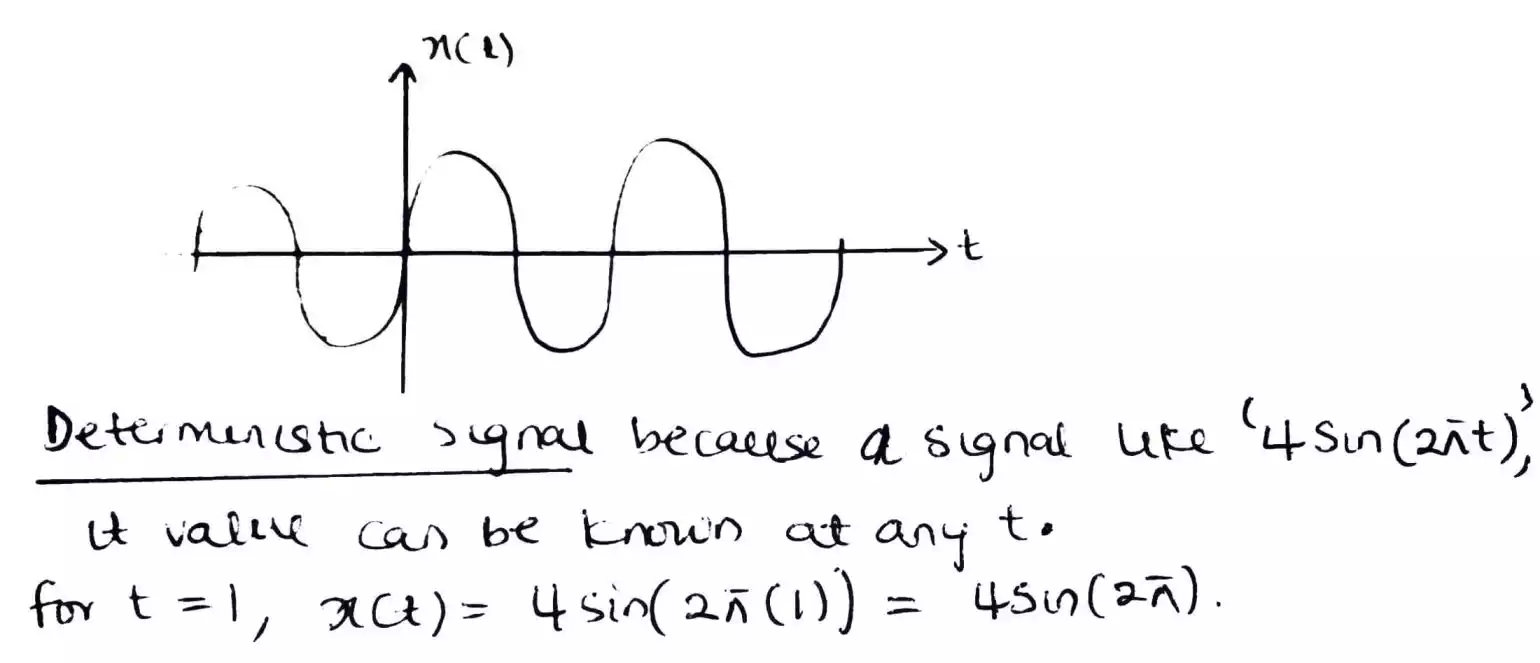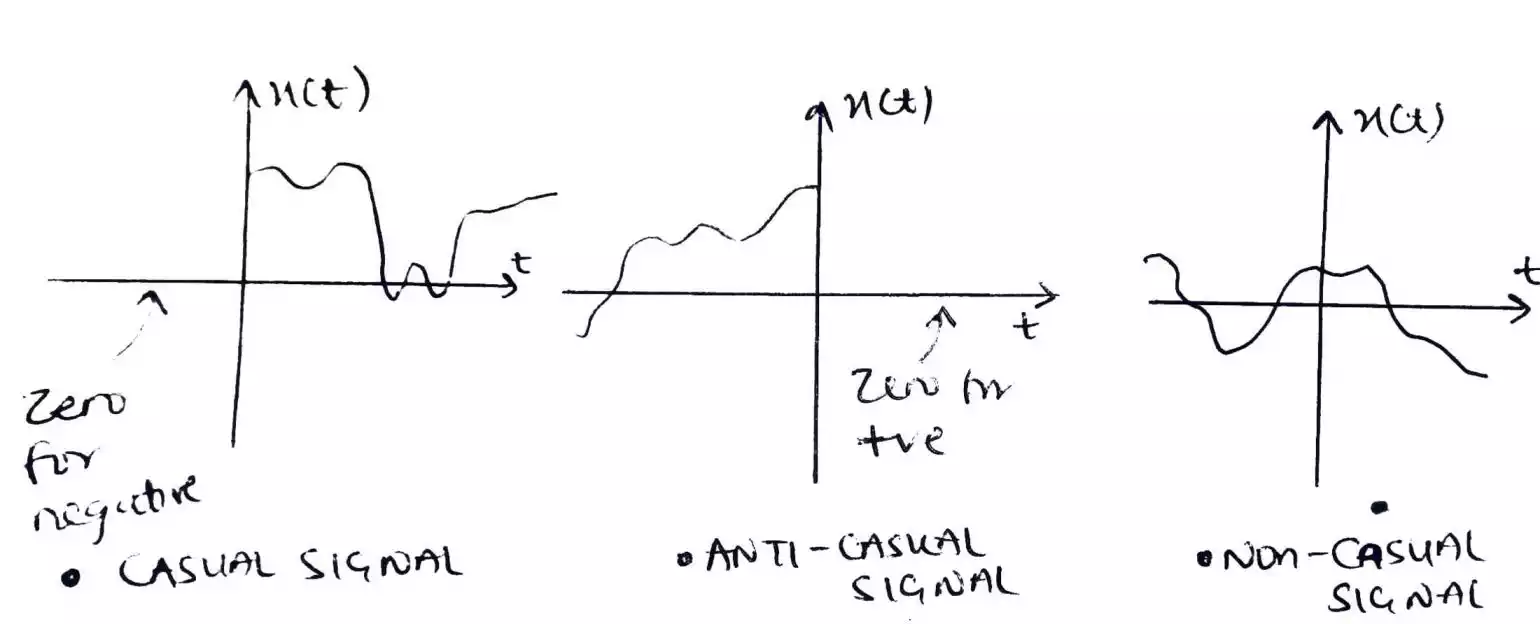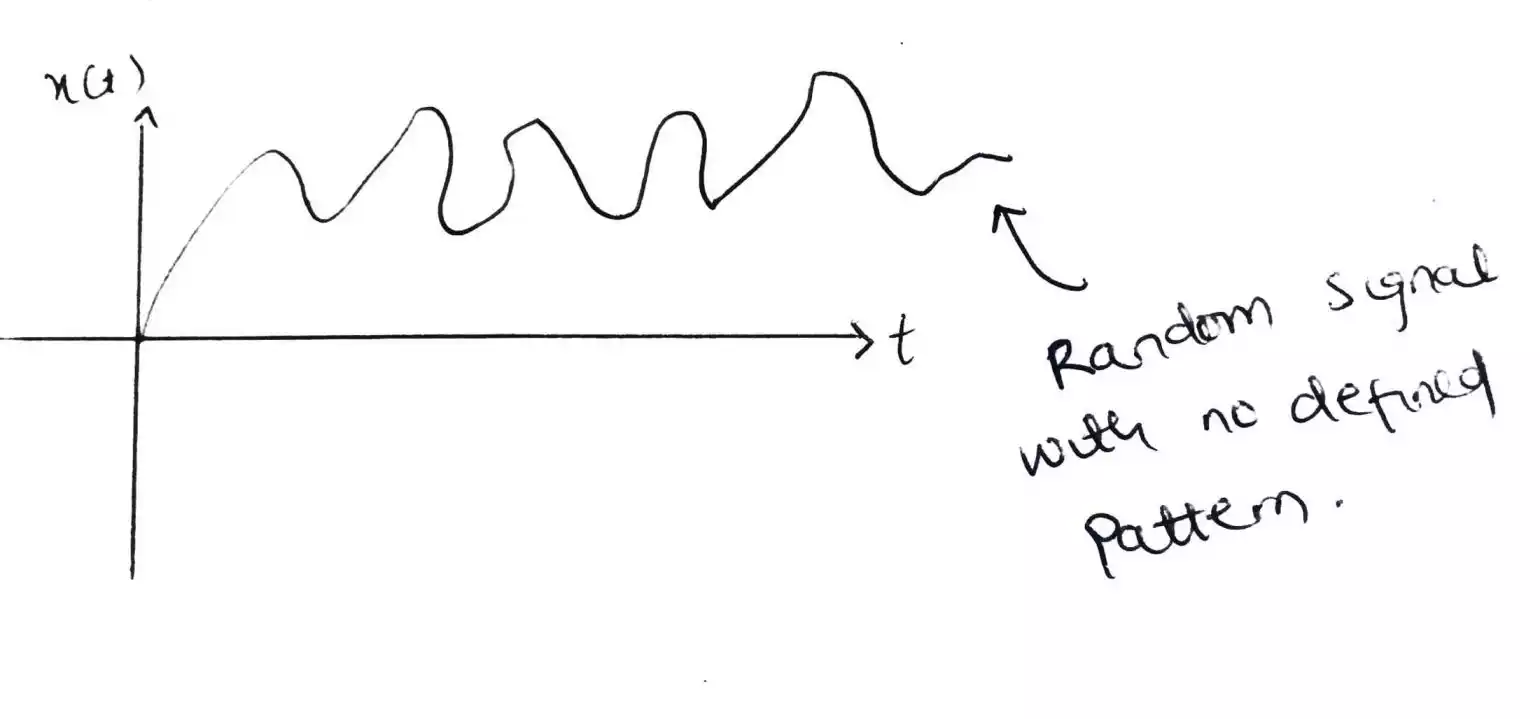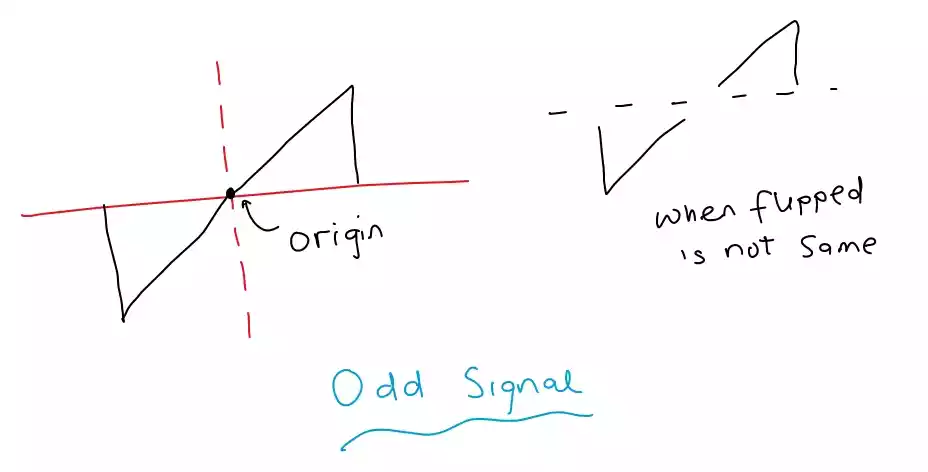What Is a Signal and its Different Types In Electronics And Communications?
What is a signal?
A signal is a function of an independent variable (e.g. of space, time, or density) that carries information representing a physical phenomenon.
So anything that carries information is considered a signal e.g.
- The temperature of a room,
- Voltage and current in an electronic circuit
- Digital images, video, or audio
- Sounds or speeches etc.
- Position, speed, acceleration, or velocity of an object
- A stock market index
- The flow rate of fluid etc.
Types of signals
In communications or digital electronics engineering in general, signals are classified into the following
- Analog signal and digital signal
- Continuous-time signal and discrete-time signal
- Deterministic signal and non-deterministic (or random) signal
- Periodic and non-periodic signal
- Even and odd signal
- Energy and power signal
- causal, anti-causal and non-causal signal
Analog signal and digital signal
Analog signal refers to a signal that can have infinite number of values in a range hence, it is continuous which seems same as the continous-time signal discussed below.
human voice is an example of an analog signal and that why all sort of signal in nature is considered an analog signal.
A digital signal on the other hand refers to a signal that can have only a limited number of values. It waveform is in form of pulses which seems like that of periodic or non-periodic signal.
Note:
Analog and digital signals
are a broader classification of other signals because they all take these forms (either analog or digital). But still there are more ways in which sinals can be classified which in most cases can mean same thing.
Continuous time signal and discrete time signal
Continuous-time signal (CTS) is a signal that is define for all time (t). example of a continuous time signal is a sine function.
.webp)
Discrete-time signal (DTS) is a signal that are defined only at discrete time (n). It is same as that of continuous but instead of having a continuous value, it has value in form of height which are only present at discrete time e.g. (1, 2, 3 ..) But not 1.5, 2.5 which are fractions.
.webp)
Deterministic signal and non-deterministic (or random) signal
Deterministic signal is a signal that has no uncertainty with respect to its value at any instant of time. This is quite similar to sin since at any instant of time (t) there is corresponding or defined value for the signal $x(t)$.

Non-deterministic signal is referred to as a random signal and it is a signal that has uncertainty with respect to its value at any instant of time. It is defined in probabilistic terms as there is no define value.
.webp)
Periodic and non-periodic signal
Periodic signal is a signal that repeat itself at regular interval of time (t). It is defined by $x(t) = x(t + T)$ where $T$ is the period.
Non-periodic signal is also called aperiodic signal and it is a signal that don’t repeat itself at regular interval of time (t). It is defined by $x(t) ≠ x(t + T)$.
.webp)
Even and odd signal
.webp)
Even signal is a signal that is symmetric about the value or y or vertical axis and ii is defined by this condition x(t) = x(-t).
-
Example of even signal.
Q1. Verify if $x(t) = t^{2} + 1$ is an even function.
Answer:
$x(t) = t^{2} + 1$
replace t with (-t)
$x(-t) = (-t)^{2} + 1$ = $x(-t) = t^{2} + 1$
So if the both equations are rewritten then we can see that $t^{2} + 1 = t^{2} + 1$
$\begin{cases} x(t) = t^{2} + 1 && x(-t) = t^{2} + 1\end{cases}$
Therefore, $x(t) = x(-t)$ which means this is an even function.
Odd signal is a signal that is symmetric around the origin and it is defined by the condition $x(t) = -x(-t)$
-
Example of an odd signal.
Q1. Verify if $x(t) = 2t$ an odd function.
Answer:
$x(t) = 2t$
replace t with (-t)
$x(-t) = 2(-t) = -2t$
make both equation to have $2t$ by dividing $x(-t) = -2t$ by $-1$
hence, $-x(-t) = 2t$. So if the both equations are rewritten then we can see that $2t = 2t$
$\begin{cases} x(t) = 2t && -x(-t) = 2t\end{cases} $
Therefore, $x(t) = -x(-t)$ which means this is an odd function
Energy and power signals
A power signal is a signal with finite power. It can be calculated using;
$$P = \lim*{ T\rightarrow ∞}\frac{1}{2T} \int*{-T}^{T} |x(t)|^{2} dt$$
An energy signalis a signal with finite energy. It can be calculated using;
$$E =\lim*{T \rightarrow ∞ } \int*{-T}^{T} |x(t)|^{2} dt = $$
$$\int_{-∞}^{∞} |x(t)|^{2} dt$$
You can read more on what power and energy signals are with some shortcut to help you know if a signal is a power or an energy signal.
Causal, Anti-causal and Non-causal signal
Causal signal is a signal that has zero value for all negative time.
Anti-causal signal is the opposite of causal as it has zero value for all positive time.
Non causal signal has no zero values in both the positive and negative time.





